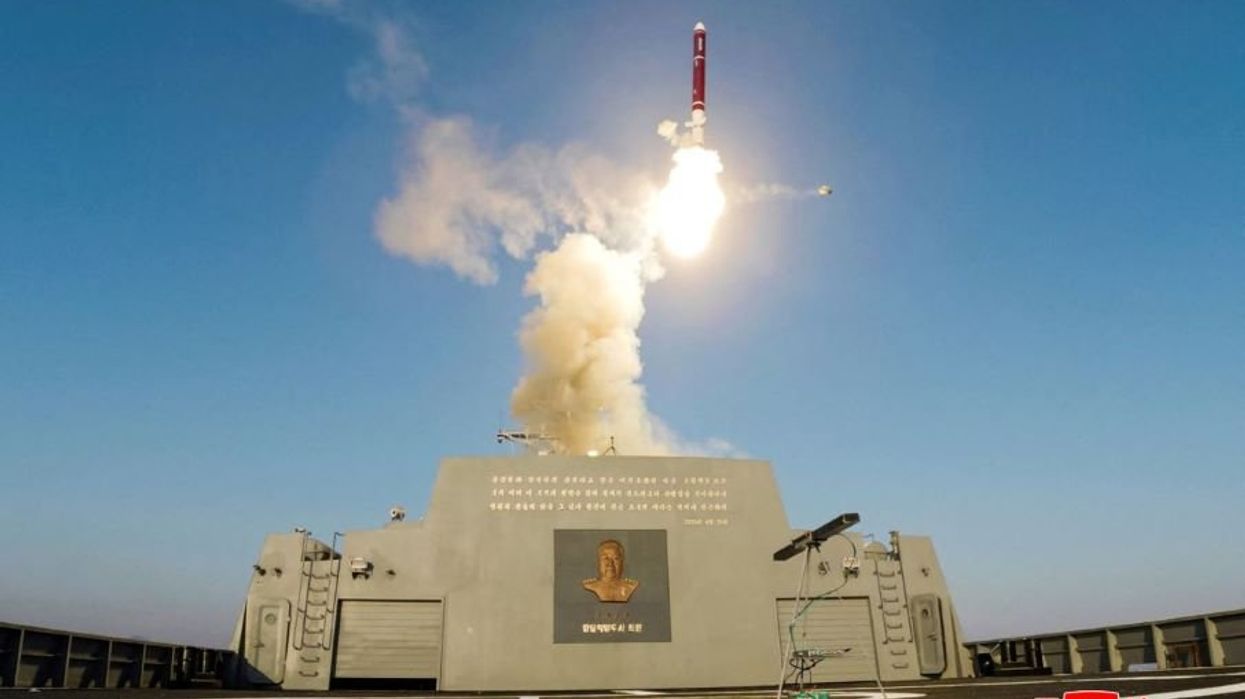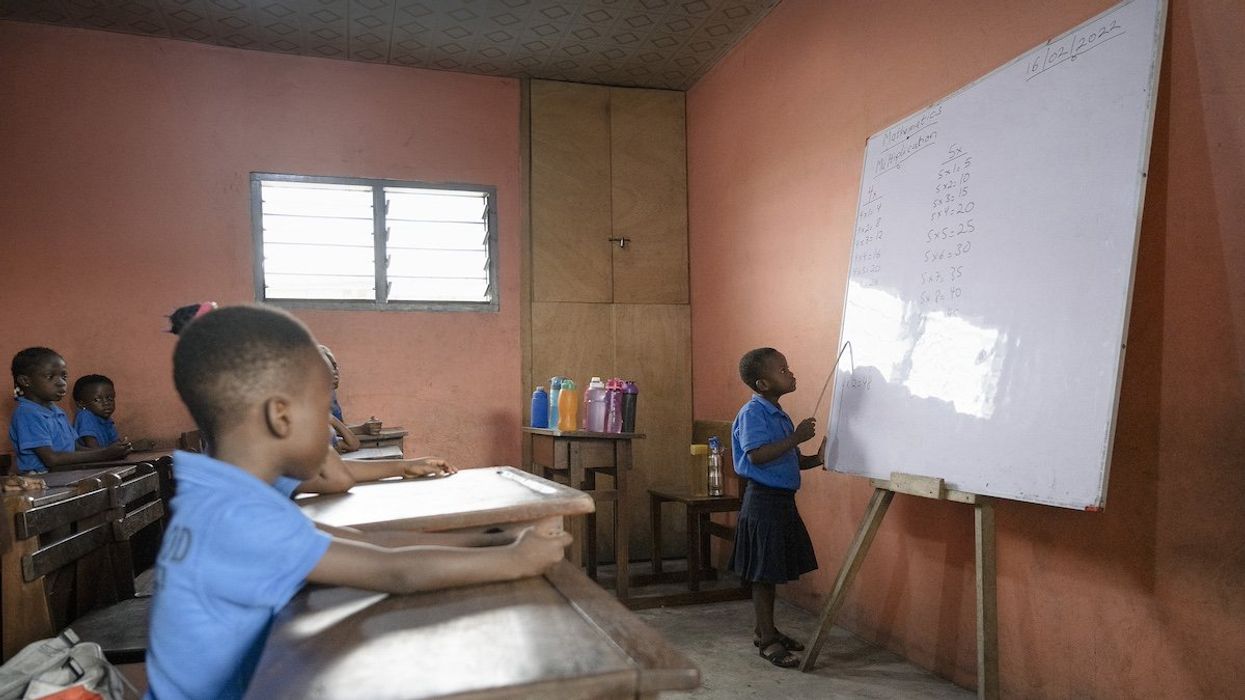Analysis
The new global arms race: who’s buying, who’s selling, what’s at stake
Welcome to the new global arms race: faster, smarter, more dangerous and more expensive than ever. In 2024, world military spending surged to a record $2.7 trillion, the steepest annual increase since the Cold War's end, driven largely by European, Asian and Middle Eastern nations.
Jun 08, 2025


